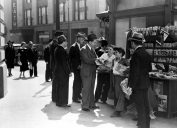17 Things Newspaper Carriers Want You to Know
News flash: Delivering newspapers is no easy gig.
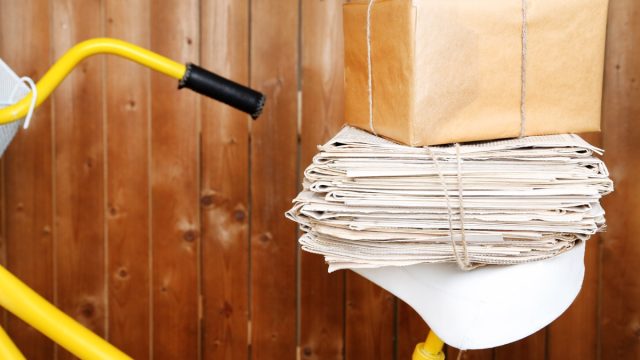
For decades, people have been saying that print is dead. But lucky for those of us who love to hold a newspaper in our hands, that's just not true. Is print wounded? Sure. But it's holding its own. Just look at daily newspaper subscriptions. Although they're down by more than 50 percent from a high of 63.3 million in 1984, nearly 30 million U.S. households still get a newspaper delivered to their doorstep, according to 2018 data from the Pew Research Center.
Of course, that means another relic of the printed past has also survived the digital age: the newspaper carrier. In honor of International Newspaper Carrier Day, here are 17 newsworthy nuggets about the hundreds of thousands of people who deliver the news across America.
1
Today, most newspaper carriers are adults with cars who are holding down two jobs.

When Henry Petroski threw newspapers as a 12-year-old boy in Queens, New York, newspaper delivery was an occupation for adolescent boys on bikes. Nearly seven decades later, "paperboys" have grown up. "Today our paper is delivered by someone with a car who I've never seen and never met," says Petroski, 78, author of Paperboy: Confessions of a Future Engineer, a memoir in which he recounts his boyhood delivering the Long Island Press.
Some papers do still hire carriers who deliver by bicycle, as well as minors with the support of a parent or guardian, but many newspaper carriers today are adults with vehicles, for whom newspaper delivery is often a second job.
2
They're not employed by newspapers.

Newspaper carriers aren't newspaper employees. Rather, they're independent contractors, each of whom has their own miniature business.
"It can be a really good way to learn about business," says 71-year-old retired newspaper editor Vince Vawter, who delivered the Memphis Press-Scimitar as a boy. He also wrote Paperboy, a 2013 novel based on his experience growing up in Memphis in the 1950s. "There is transportation involved, accounting, salesmanship," Vawter notes. "It really is a little business."
3
The job pays by the paper.

Newspaper carriers are typically paid a flat rate per newspaper they deliver. Job search website ZipRecruiter reports that most newspaper carriers earn 10 to 15 cents per newspaper, and carriers on average can make up to $500 per week, according to Vawter. He says carriers with rural routes may receive an extra stipend because their routes span more miles with fewer customers.
4
Newspaper carriers live and die by gas prices.

Newspaper carriers earn so little per paper that every penny counts. They are therefore especially mindful of variable expenses like gas, according to Vawter. "When gas prices go up it really hurts the carriers and cuts down on their profits quite a bit," he says.
5
Profits hinge on perfection—and a mistake will cost you.

It's not just gas prices that can punch newspaper carriers in the pocketbook. It's also their own mistakes. If a carrier misses their deliveries or receives too many customer complaints, he or she might be stripped of their route, Vawter says. Some newspapers, meanwhile—like the Pioneer Press of St. Paul, Minneapolis—literally charge carriers for their mistakes.
"At the St. Paul paper, a missed delivery, a wet newspaper, or a late delivery (even during snowstorms) costs the carrier $1, even though he/she only made 10 cents on the delivery, and the newspaper only charged 25 cents," Bob Collins, a former newspaper carrier for the Pioneer Press and the Wall St. Journal, wrote in 2008. "So for the next 10 days, the carrier wouldn't make any money delivering a newspaper to a particular address. On Sunday, the penalty was (and maybe still is) $3."
6
A good route is everything, and can be passed down from generation to generation.
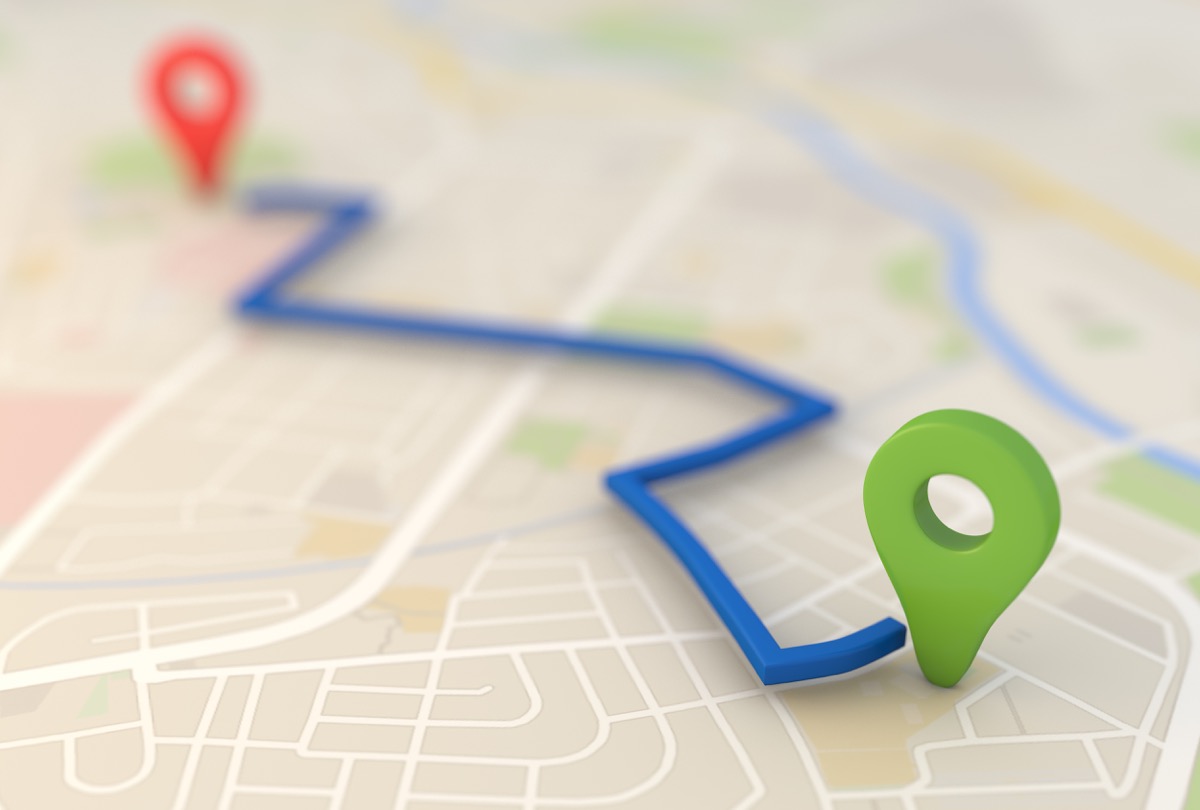
More than anything, that number on a newspaper carrier's paycheck hinges on the quality of their route, including its length and location. One rural newspaper, The Alpena News, in Alpena, Michigan, for example, says its carriers travel anywhere from 15 to 150 miles per day to deliver approximately 150 newspapers apiece. A suburban paper, The Journal Times, in Racine, Wisconsin, on the other hand, says most carriers have routes within a few miles of their home, comprised of 80 to 100 customers. According to Vawter, most routes take carriers approximately 90 minutes to complete.
Collins notes that the nicest neighborhoods aren't always the most attractive for a newspaper carrier. In his experience, customers with big houses often gave small tips. "[Pro hockey player] Marian Gaborik was on my route. He never tipped, even after … making millions of dollars," Collins wrote. "But the little old man living in a mostly-senior-citizen complex left a nice note and $3 at the end of every month."
Some routes are so choice that families pass them down like wealth between generations. "It's not uncommon for people to have their paper routes for 20 to 30 years and then pass on the family business to kids or grandchildren," correspondent Lisa Suhay reported in a 2014 article for The Christian Science Monitor.
7
Lots of famous people have been newspaper carriers.

If newspaper delivery is a crash course in business, it should come as no surprise that it was the first chapter in the careers of many self-made businesspeople, including Walt Disney, Warren Buffett, and Kathy Ireland. Plenty of celebrities and politicos have also tried their hands at newspaper throwing—former Vice President Joe Biden, actor Tom Cruise, and director David Lynch, just to name a few.
8
They have to buy their own supplies.
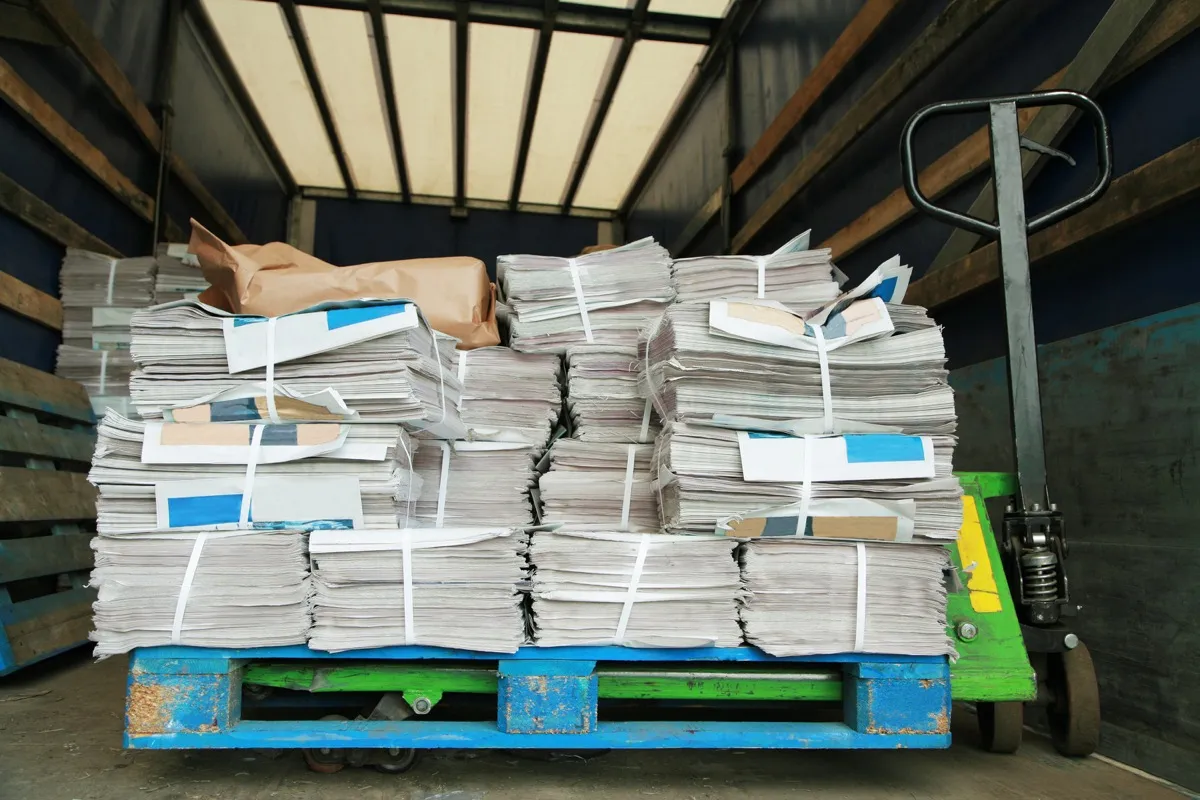
Along with a vehicle, every newspaper carrier needs newspapers, rubber bands, and plastic bags—and carriers must purchase all of these basic supplies themselves. Yes, that includes the papers, which carriers purchase wholesale, Vawter says.
9
They also have to fold their own papers.

Newspaper carriers don't just have to purchase their own supplies; they also have to fold their own papers, which isn't as easy as it sounds.
"We'd get our papers and fold them so they'd be ready to be thrown. That was quite something to master," recalls Petroski, who says newspapers today tend to be much smaller and therefore much easier to fold than the thick newspapers of yore, which regularly numbered in excess of 100 pages.
10
It takes some muscle.
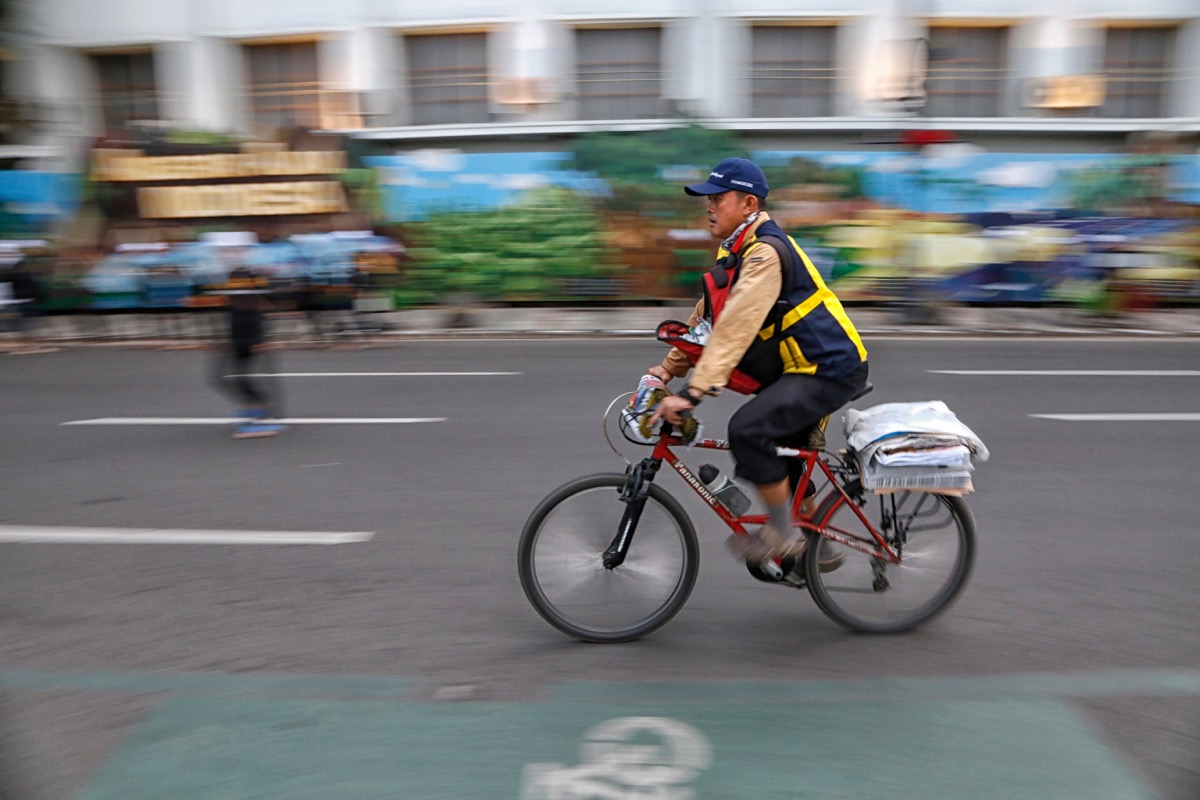
Papers today may be smaller and lighter than they used to be, but they can still be a slog. A 12-inch stack of newspapers, for example, weighs 35 pounds, according to waste management magazine Waste360. And at least once a year, on Black Friday, many U.S. newspapers weigh in at more than five pounds. Of course, that's still flimsy compared to the heaviest-ever newspaper: The Sept. 14, 1987 edition of The New York Times weighed 12 pounds and had more than 1,600 pages. Loading, lifting, and throwing that kind of weight takes some serious arm strength!
11
Late risers need not apply.

Newspaper subscribers expect to have their morning paper by dawn so they can read it over breakfast, according to Vawter. He says newspaper carriers typically must be at work by 3 a.m. in order to finish their route by 6 a.m.—and some papers may be delivered even earlier. "Our deadlines [in the newspaper business] used to be 1 a.m., but now they're 10:30 or 11 p.m.," Vawter explains. "That means a lot of papers are out on the street now at 1:30 or 2 a.m., and as soon as the papers are out, the carriers go to their drops and pick up their bundles. So a lot of times you can now have a newspaper on your doorstep by 3 o'clock in the morning."
12
Newspaper carriers don't get vacations.

If a newspaper publishes seven days a week, carriers are expected to deliver it seven days a week—come rain, shine, or snow. Carriers who need to take a break from their route may do so, but only if they can recruit a reliable pinch hitter to deliver their papers for them while they're away.
13
Some customers are particular about their paper.

Newspaper carriers are like DJs: They take requests. "There were certain customers who expected the paper to be put inside the door or delivered in some special way," Petroski recalls. "Maybe 10 percent of customers were like that, and the promise or expectation was that they'd give you a better tip."
14
They keep communities safe.

When Vawter was a newspaper editor, newspaper carriers often called the paper with news tips. And sometimes, they even called 911. "In a sense, they're the eyes and ears of the community," Vawter says. "A lot of routes start at 3 or 4 o'clock in the morning, when there aren't many people out on the street. I can recall one time at the Knoxville News Sentinel when a paper carrier witnessed a fire and called the fire department. As I remember it, his call probably saved some lives. I think that's quite common."
15
And they often put themselves in danger.

Sometimes, newspaper carriers are in the right place at the right time to report crimes and save lives. Just as easily, however, they can be in the wrong place at the wrong time. A 2018 analysis by the Columbia Journalism Review (CJR), for example, turned up at least 45 instances since the 1970s where newspaper carriers died on the job.
"Of those 45, 23 carriers have been murdered or violently killed on the job since 1992—more than twice the number of journalists killed in the same period," reported CJR, noting that carriers "are often targeted for their money, their vehicle, or other personal property."
Some carriers' stories are as incredulous as they are harrowing. In April 2018, for instance, a newspaper carrier in Anchorage, Alaska, was repeatedly stabbed while making his morning deliveries—and then he continued on his route!
16
It's a thankless job.

It's customary to tip a newspaper carrier $5 to $10 per month, and up to $25 during the holidays—but most customers tip nothing.
That's because newspaper delivery is often "a thankless job," according to Lindsey Loving, a spokesperson for News Media Alliance. The advocacy group produces an annual ad for newspapers to run in their publications on International Newspaper Carrier Day in October, thanking carriers for their hard work. "We can use the very newspaper they deliver to thank them, and to let readers know how much we appreciate the people who deliver the news to them every day," she says.
17
And a patriotic one, too.

Newspaper carriers don't just deliver papers; they also deliver democracy, according to Loving. "Without newspaper carriers, many people wouldn't receive the news that keeps them informed about their communities," she says. "Both the news and newspaper carriers play critical roles in preserving our democratic society, and we couldn't be more grateful to them." And for more fun facts you may not know about the world around you, check out the 200 Awesome Facts About Everything.
To discover more amazing secrets about living your best life, click here to follow us on Instagram!


